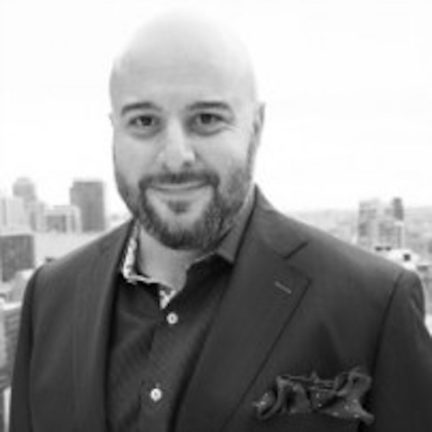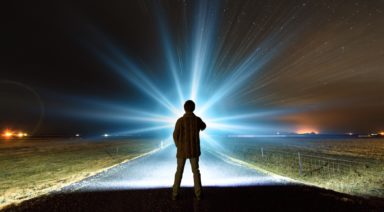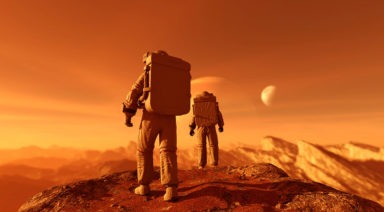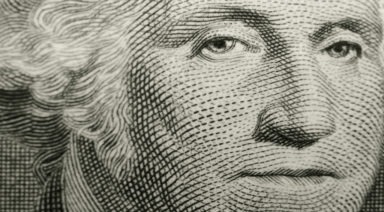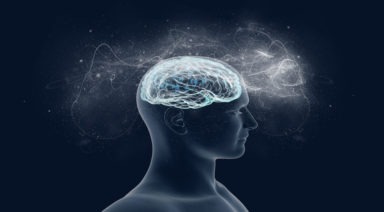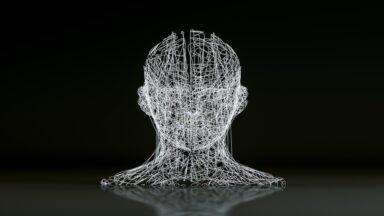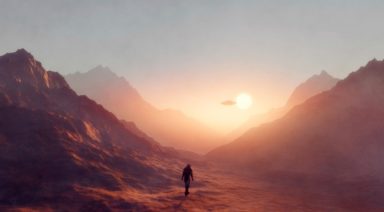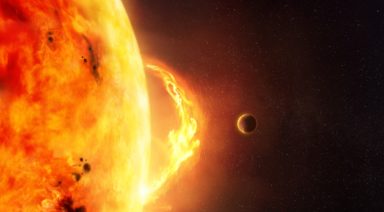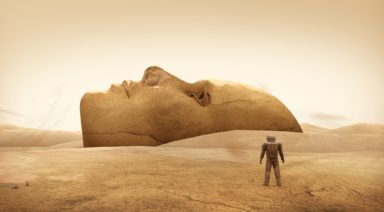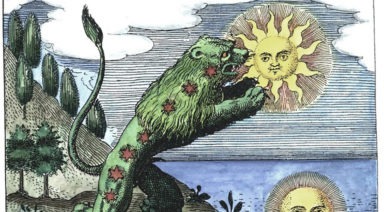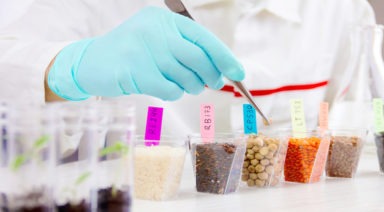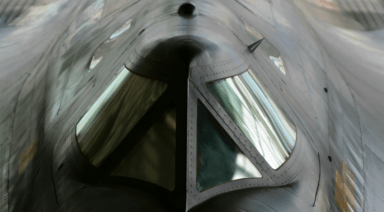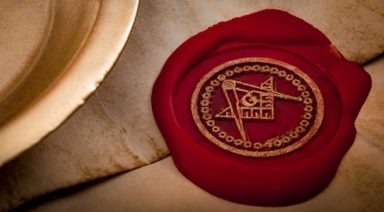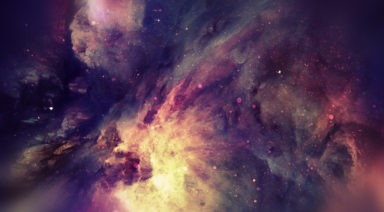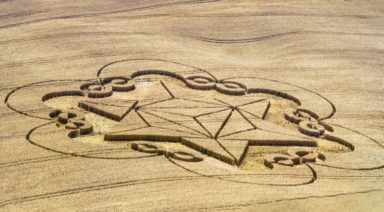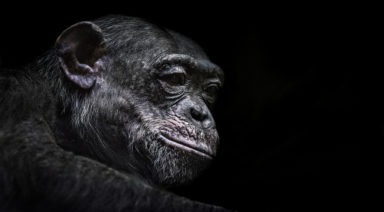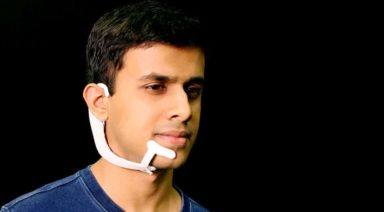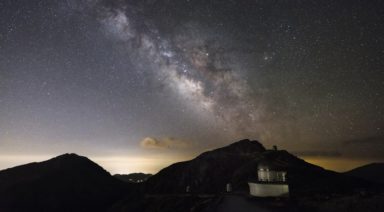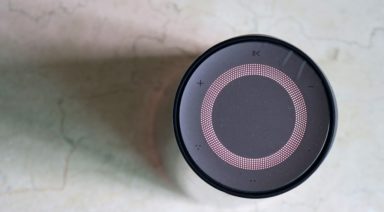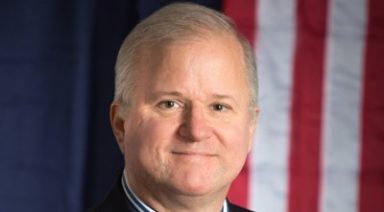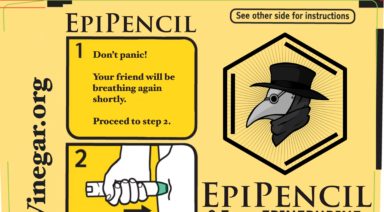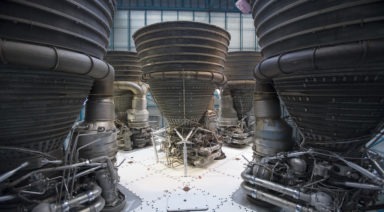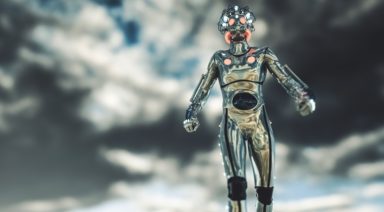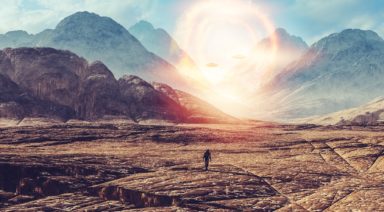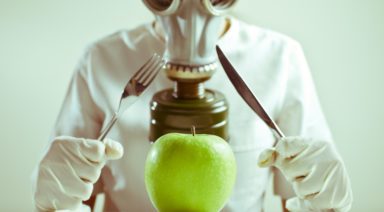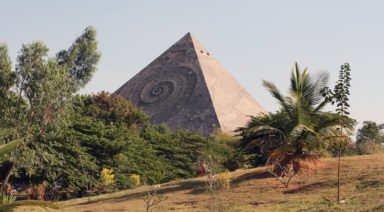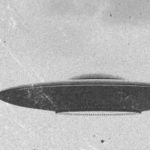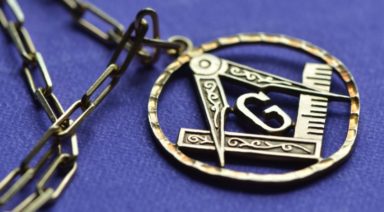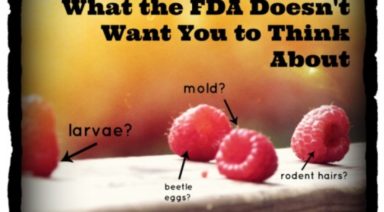What is Freemasonry?

Ancient rituals, colorful aprons, hidden handshakes and obscure passwords. For many outsiders, Freemasonry is an enigma wrapped in one secret after another. But for its estimated six million members worldwide, Freemasonry is a serious engagement.
Conspiracy theorists be damned, say the Masons. Contrary to popular notion, members of the world’s oldest fraternal organization do not control world governments and the global banking system. Labeled as a ‘secret’ society, Freemasonry is far from such. Its iconic square and compass emblem, as recognizable as McDonald’s arches, adorns their buildings, merchandise and most highway welcoming signs.
It’s easy to answer the question of what Freemasonry is not. Answering what Freemasonry is and what Freemasons do is more difficult. ‘The Craft’ means something different to each member. Ask ten Freemasons what they do and you’re likely to receive ten different answers, including the go-to spiel:
Freemasonry is a system of morality, veiled in allegory and illustrated by symbols.
An Esoteric Tradition
The creation of Freemasonry has no specific date. It is an ancient esoteric tradition of self-knowledge and personal improvement that has stood the test of time. In its current form, Freemasonry dates from the formation of the first Grand Lodge of England in a tavern in 1717, and before then to the Medieval stonemason guilds. Trace the origin of Masonic symbolism back further and it stretches all the way to the Roman Schools of Mysteries, the teachings of the Cathars, the Kabbalah, the Osirian Mysteries of Ancient Egypt the Sumerians, Phoenicians and the Socratic Mysteries of Ancient Greece.
The oldest existing written record of Freemasonry, known as the Regius Manuscript, dates around 1390. However, the contents of that document shows that Freemasonry was in existence for a long time before its composition. During the Middle Ages all Freemasons were operative builders of the great European cathedrals and other such structures of the time in the Gothic style of architecture.
From Operative to Speculative
Operative Freemasons designed the buildings, dressed the stone from the quarries and laid the stones in the walls. They set up arches, pillars, columns and buttresses. Laid floors and built roofs. They carved out decorations, made and fitted stained glass windows, and produced sculptures. Their work called for a high degree of skill and genius, and required a great degree of knowledge in mechanics and geometry. They were the great artists of the Middle Ages.
Freemasons organized themselves into lodges. They met in temporary buildings attached to the uncompleted structure. The lodge was governed by a Master assisted by Wardens. A Secretary kept minutes and a Treasurer dispensed funds for the relief of injured, sick or distressed Master Masons, their widows and orphans. Such lodges were the forerunners to the modern Masonic lodge system.
During the sixteenth and seventeenth centuries social conditions underwent a revolution and brought about a decline in operative Freemasonry. To increase their numbers, Freemasons began to accept non-Operative members. Gentlemen with no intention of becoming builders joined Masonic lodges for social purposes and out of curiosity for the Craft’s ancient customs.
On June 24, 1717, at least four of the old lodges of London and Westminster met in London and organized a Grand Lodge. Speculative Masonry (i.e., Masonry in a moral and symbolic sense, as opposed to Operative Masonry ) was born and, thus, the modern three degree system of instruction was implemented.
Modern Builders of the Mind, Body and Soul
Medieval stonemasons refined rough stones hewed from quarries to construct incredible buildings. Modern Masons refine their mind and spirt in a personal transformation from symbolic rough ashlar (roughhewn stone) to perfect ashlar (perfectly shaped building block).
Lessons are imparted in three separate stages, or Degrees:
- 1st Degree — Entered Apprentice
- 2nd Degree — Fellowcraft
- 3rd Degree — Master Mason
Each degree represents an advancement in moral and spiritual education, and a progression of self-knowledge. The third degree teaches physical death and spiritual rebirth through the story of Hiram Abiff, the master builder of King Solomon’s Temple and central figure of Masonic education.
Erected in 970 BCE, King Solomon’s Temple was considered the greatest structure ever built and an earthly symbol of man’s creation through God’s guidance. Freemasonry uses the Temple as a symbol of man who, with God’s guidance, should strive to create a superstructure of himself, perfect in all parts: mind, body and soul.
Is it a Religion?
Freemasonry as an organization recognizes the existence of supreme being, and new members are required to profess such a belief. Beyond that, Freemasonry has no religious requirements or dogma, nor does it teach specific religious beliefs:
- Freemasonry is not a religion nor a substitute for religion. It requires of its members a belief in a supreme being as part of the obligation of every responsible adult, but advocates no sectarian faith or practice
- Atheists cannot be Freemasons
- Masonic ceremonies include prayers, both traditional and extempore, to reaffirm each individual’s dependence on their supreme being and to seek divine guidance
- Freemasonry is open to men of various faiths but religion may not be discussed at Masonic meetings
Freemasonry lacks the basic elements of religion:
- It has no dogma or theology, no wish or means to enforce religious orthodoxy
- It offers no sacraments
- It does not claim to lead to salvation by works, secret knowledge or by any other means
- The secrets of Freemasonry are concerned with modes of recognition, not with the means of salvation
Keeping Hush
Freemasonry is not a secret society but is a society of secrets. There are Masonic secrets, but despite popular belief, these secrets do not entail the location of the Holy Grail, the design of the Egyptian pyramids or the propagation of a New World Order. Freemasons don’t know who killed JFK, are not aware of the entrance to hollow earth and are not taking orders from alien overlords.
The Secrets of Freemasonry
They are, at their most basic, the signs of recognition, both physical and verbal, which Masons across the world use to prove and recognize one another.
Masonic ritual states that the peculiar handshake of a Mason is ‘a certain friendly or brotherly grip whereby one Mason may know another in the dark as in the light.’
It’s pretty simple, really. By shaking each other’s hand in a variety of ways, a Freemason identifies another Freemason — a man he has a common connection to — and the level of learning he has attained.
Masonic modes of recognition — the handshakes and passwords — are readily found on the internet. But don’t get too excited in thinking that a simple Google search will enable you to crack the shell of this timeless organization. To know the signs of recognition — the physical secrets — is not to know Freemasonry, just as reading an article on how to perform an emergency repair of a leaking abdominal aortic aneurysm does not qualify you as a brain surgeon.
What’s the Purpose of it All?
Freemasonry is an experience of the heart, mind and soul and no man can make claim to know the heart, mind and soul of another. While the purpose and meaning of Freemasonry may be difficult to define due to personal nature of the Craft, a simple answer is found in the pages of Masonic ritual.
The purpose of Freemasonry is established during the opening of a Lodge, in an exchange between the two principal officers known as the Worshipful Master and the Senior Warden.
The principal officers of a Masonic lodge are: Worshipful Master (in charge), Senior Warden (second in charge), Junior Warden (third in charge). Other officers include: Secretary, Treasurer, Senior Deacon, Junior Deacon, Chaplain, Tyler, Marshall.
Worshipful Master: What came you here to do? Senior Warden: To learn to subdue my passions and improve myself in Masonry.
Here is a clear answer to what Freemasonry is and what Freemasons do. Freemasons learn to subdue their passions and improve themselves.
Note use of the word ‘subdue’ rather than the word ‘suppress’. The Miriam-Webster Dictionary defines the word ‘subdue’ as: to achieve a victory over. The definition of ‘suppress’ is: to hold back the normal growth of and to put a stop to. Freemasonry teaches that true mastership is obtained in keeping one’s passions in check, not in stamping them out altogether.
From Pythagorus to Shaq
The information contained within Masonic teaching has been around for centuries, some of it dating back more than 2,000 years and employed by such great minds as Pythagoras, Lao Tzu, Plato and Aristotle.
In more recent times, figures like George Washington, Buzz Aldrin, Sugar Ray Robinson, Theodore Roosevelt, Yitzak Rabin, Winston Churchill, Jesse Jackson, and Billy Graham were all influenced by Masonic symbols. Walt Disney, Captain James Cook, Lewis and Clark, Mark Twain, Oscar Wilde, Wolfgang Mozart, Pat ‘Mr Miyagi’ Morita and Shaquille O’Neal all took part in Masonic learning. They were presented with symbols such as a pencil, a square, a circle, a beehive, a level, a chisel, skull and crossbones, and a sword, and taught to probe deep into the lessons conveyed by each.
Something Deeply Personal
At its heart, Freemasonry is a deeply personal pursuit and means something different to each of its practitioners. It is a commitment by an individual to pursue a time-honored system of instruction for the betterment of the mind, body and soul.
Freemasonry is a science, a philosophy, an art and a universal knowledge that provides an understanding of how the individual fits into the universe and how the universe fits into him.
Through this knowledge, a Freemason comes to know themselves and their function in existence, and improve upon that existence for a better station in life.
Gaia's Top 10 Seeking Truth Shows You Don't Want to Miss

You know there’s more than what we’ve been told by the government, media, and society’s dominant narrative; a clandestine cabal of the ruling elite, alternative historical narratives, an undisclosed extraterrestrial presence, and esoteric pathways to higher states of consciousness. Here are some of our latest picks to give you fresh insight into your quest to seek the truth.
1. Disclosure with Dr. Steven Greer
In conversations with Billy Carson, Dr. Steven Greer discusses the history of the UFO and Disclosure movements, as well as his personal experiences leading to his development of the CE5 (Close Encounters of the 5th Kind) protocols, a groundbreaking process that leverages advanced consciousness techniques to facilitate unmitigated human contact with ETs.
We explore Dr. Greer’s research into consciousness and technology as he shares his inspirational vision of our future as members of an intergalactic civilization.

